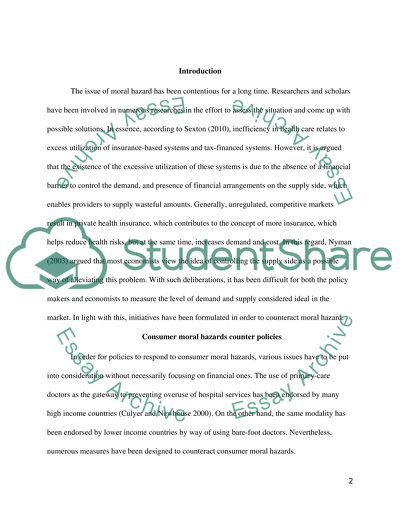Cite this document
(Reasons for Inefficiency in Healthcare Term Paper, n.d.)
Reasons for Inefficiency in Healthcare Term Paper. Retrieved from https://studentshare.org/health-sciences-medicine/1455407-provide-an-economistyies-account-of-the-existence
Reasons for Inefficiency in Healthcare Term Paper. Retrieved from https://studentshare.org/health-sciences-medicine/1455407-provide-an-economistyies-account-of-the-existence
(Reasons for Inefficiency in Healthcare Term Paper)
Reasons for Inefficiency in Healthcare Term Paper. https://studentshare.org/health-sciences-medicine/1455407-provide-an-economistyies-account-of-the-existence.
Reasons for Inefficiency in Healthcare Term Paper. https://studentshare.org/health-sciences-medicine/1455407-provide-an-economistyies-account-of-the-existence.
“Reasons for Inefficiency in Healthcare Term Paper”, n.d. https://studentshare.org/health-sciences-medicine/1455407-provide-an-economistyies-account-of-the-existence.


